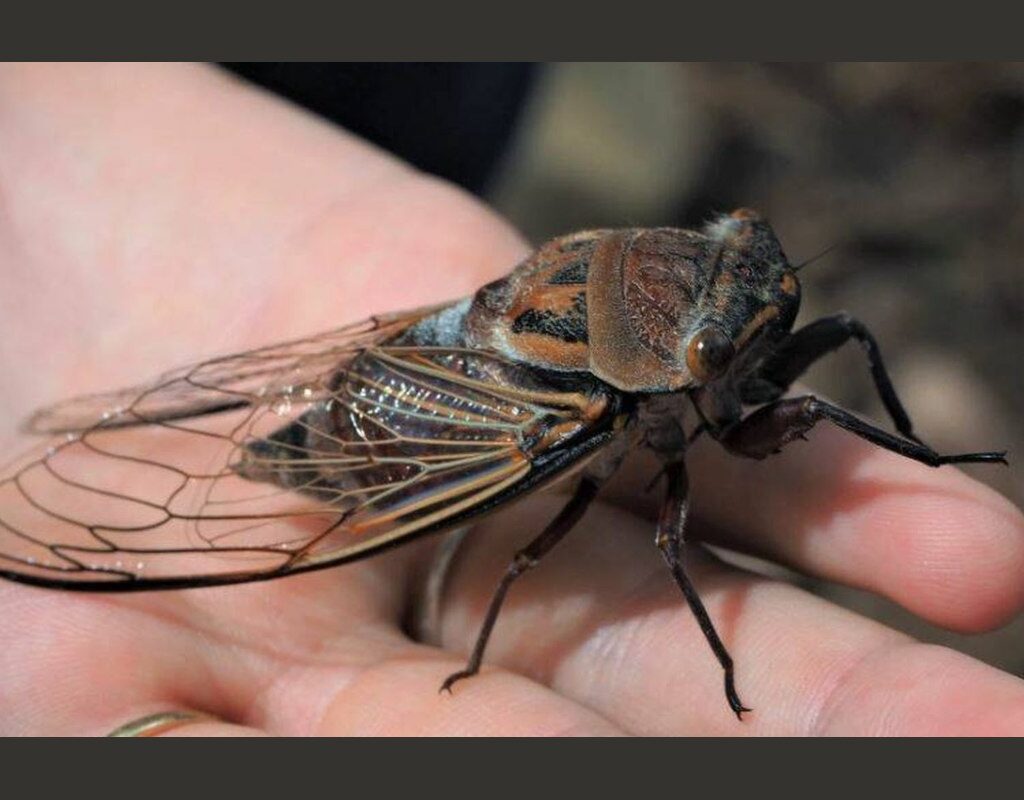In the context of Chinese culture, cicadas transcend their insect existence. Their unmistakable summer hum reverberates throughout history, representing profound concepts such as resurrection, rebirth and immortality. Embark on a journey to understand how the cicada’s presence has been intricately interwoven into Chinese literature, fashion and the arts, its influence echoing through centuries.
Cicadas and Their Reverberation in Chinese Culture: Emblems of Immortality and Art
Nature’s voices each sing a distinctive melody, yet among China’s cultural richness, the resonant song of the cicadas uniquely resounds. This iconic insect, whose serenade reaches its peak intensity in the summer, plays an undeniably significant role in China’s millennium-old traditions.
Cicadas are celebrated for their peculiar sound production. This unique “symphony” is primarily orchestrated by the males, whose abdomens house timpani-like organs that they flex with minuscule muscles. This sound amplifies within their predominantly hollow abdomen. However, some female cicadas, as well as certain males, can produce sound by moving their wings.
In Chinese culture, interpretations of nature carry potent symbolism, with cicadas commanding a prestigious position in this panorama. Incorporated in folklore, mythology, literature and various art forms, these insects signify an array of elements—from marking the advent of summer to conveying complex themes of immortality and rebirth.
The Profound Significance of the Cicada in Ancient China: Purity and Immortality
In antiquity, cicadas were revered as beings of exceptional purity—their diet consisted of dew and they habitually perched high in the trees. An ancient Chinese proverb advocates that a high-ranking official should emulate a cicada: residing at great heights, consuming a pure diet and maintaining keen vigilance.
The cicada’s prominence was such that the headdresses of Chinese rulers and nobles commonly incorporated a golden cicada image with prominent eyes, signifying refinement, humility and acute environmental awareness.
Cicadas symbolize not only the onset of summer and purity but also more profound notions like resurrection, rebirth and immortality within Chinese culture. These associations stem from the cicada’s fascinating life cycle.
Upon hatching, cicadas promptly descend from tree branches to bury themselves underground, leading solitary lives feeding on tree roots for nearly 17 years. Subsequently, they surface into the sunlight, ascend to the treetops and shed their old skin to reveal their mature form.
The Life and Death Cycle: The Powerful Symbolism of the Cicada in Ancient China
This extraordinary cycle led the Chinese to associate the cicada with the spirits of the dead transitioning to an eternal existence in a transcendent realm. This concept of rebirth and immortality was prominently represented in the Han dynasty, where a jade cicada amulet was placed on a deceased person’s tongue to facilitate their immortality and rebirth.
The cicada’s influence permeates Chinese literature, fashion and arts. In literature, both poetry and prose employ cicadas as metaphors for a myriad of concepts and emotions, including immortality, rebirth and occasionally, the pathetic.
A compelling example is found in the writings of the 4th-century BC philosopher Zhuangzi. In one anecdote, while pursuing a bluebird in a chestnut forest, he was distracted by a cicada in the shade. A mantis captured the cicada and in turn, was seized by the bluebird. Moved by this cycle of life and death, Zhuangzi refrained from shooting the bird, giving rise to the profound saying about life’s circle:
“While the mantis catches the cicada, the jay is right behind.”
Cicadas have also claimed their niche in Chinese fashion. Designs featuring cicadas adorn tunics, dresses and other garments, using costly threads. Similarly, images of this insect are conspicuous on ornaments, utensils, tableware and various art forms.





